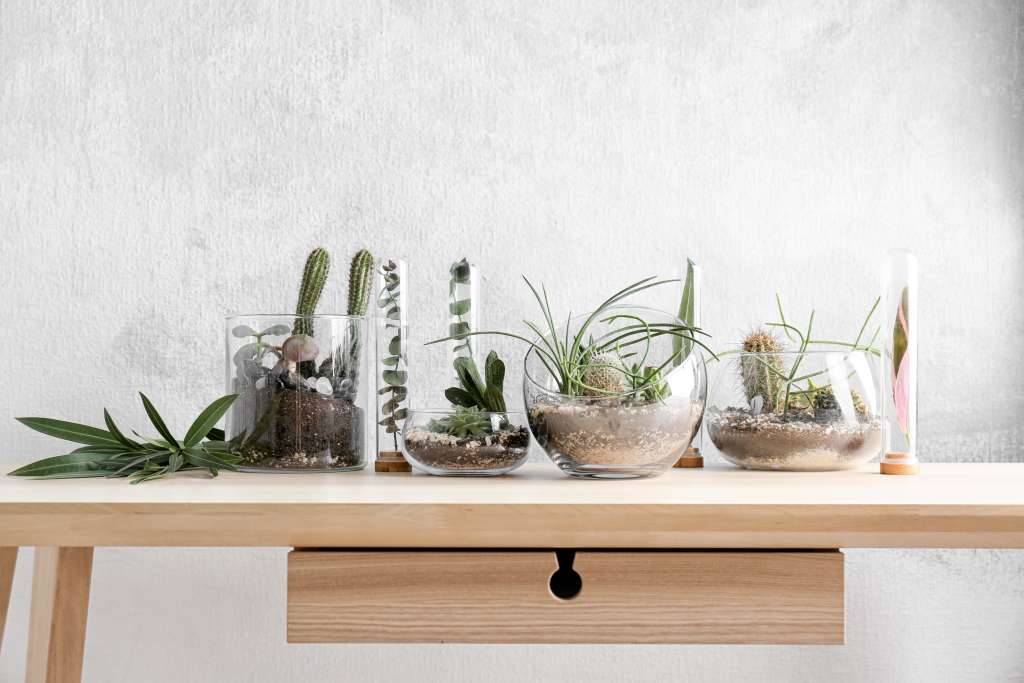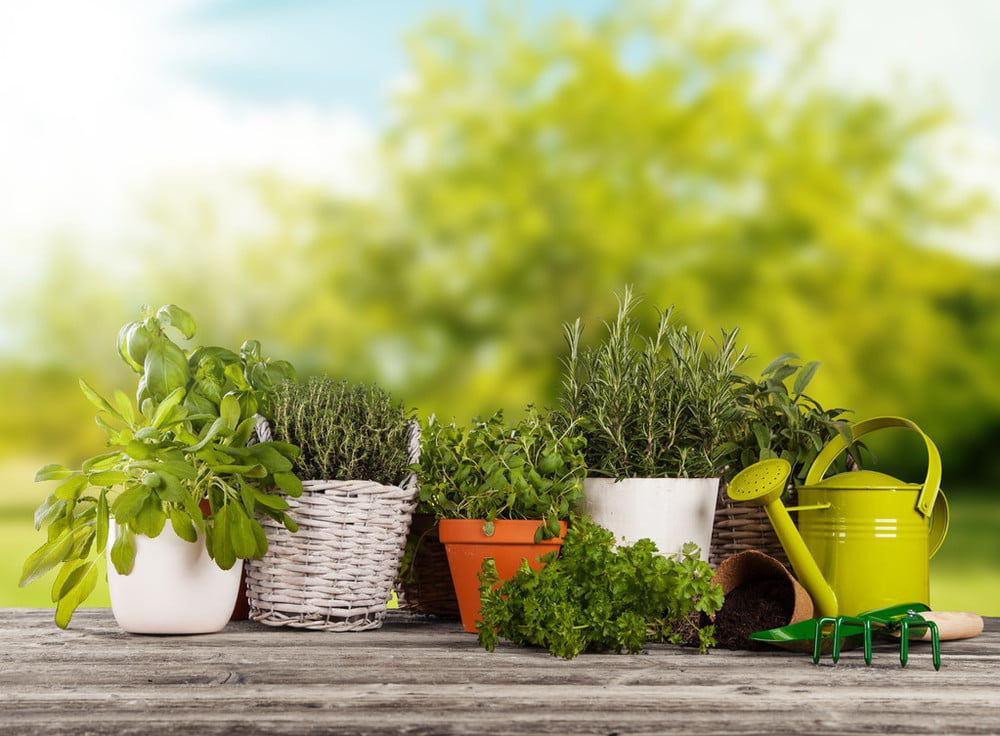Glass containers, an iconic article of the Victorian era, have been criticized for being overly decorative, but today they are winding up in a revival trend. Its popularity can largely be attributed to its versatility, as it creates a small ecological environment where plants can be placed in basically any location in the home, as long as they are exposed to enough light and a warm climate.

The glass cultivation dish is also considered beautiful among the planters. It could also be adjusted to echo the lines and shapes of the glass dish by adjusting the plants inside to form a strong sense of design. For better results, you could use a single succulent moonshadow, or choose two or three different species to combine into a micro landscape, such as using a Asparagus setaceus with Nertera gerenadensis or a small cactus. Some air bromeliad varieties are a good choice to make the small ecology in the glass dish more delicate, because they themselves get water and nutrients from the air.
Glass containers work really well when placed in groups, so it is highly recommended to try using glass containers of the same design, but in different sizes, or to form a series of pieces under a theme, such as a row of three or four vintage medicine glass bottles for display. Regardless of whether it’s a fish tank, or a windshield or glass protector, you can mix and match to your heart’s content. The most important thing is to remember to choose clear glass containers with side walls that can protect the plants so as to create a basic microcosm, and to make sure there are no leaks and easy for you to observe. For placement, the best place is on the desk or dining table, or simply to display them on the plant stand, or tall lampstand is also a good place.
While glass cultivators require little effort, it is important to distinguish between closed and open conditions – closed glass containers create their own water cycle, which means they are largely self-sufficient. Probably the biggest problem in terms of care is how to make the glass look more translucent and bring out the best in the plants.
Plants best suited for glass petri dishes
* Aloe vera
* Begonia
* Chlorophytum comosum
* Crassula obliqua
* Fern
* Ivy
* Hypoestes phyllostachya
* Peperomia caperata
* Sansevieria trifasciata
* Air bromeliads
Tip: Air bromeliads, ivy, and ferns perform equally well in closed glass dishes.
Glassware Cultivation
* For closed glass dishes, you can choose plants that do not require much light and keep the soil moist.
* An open glass dish is more like a microscopic garden that requires less care, just make sure it is well lit and watered frequently.
* For open glass containers, water permeation and air permeation are the most critical. Before filling the pot with soil, place 1~3cm of gravel at the bottom of the pot, the thickness depends on the size of the vessel.
* Select varieties with smaller leaves, less fast growing and more shade and humidity tolerant.
* Try your idea in a regular pot first, then move to a glass dish, it will be much easier to have space to make adjustments and changes.
* You can also use a knife, spoon, long-handled tweezers and one or two chopsticks to make a set of “temporary tools”, which are also very practical.
* Once set up, lay a layer of moss on the top layer, or use stones or small pieces of bark.
* When everything is in order, lightly wipe the inside of the glass with a clean and dry cloth.



